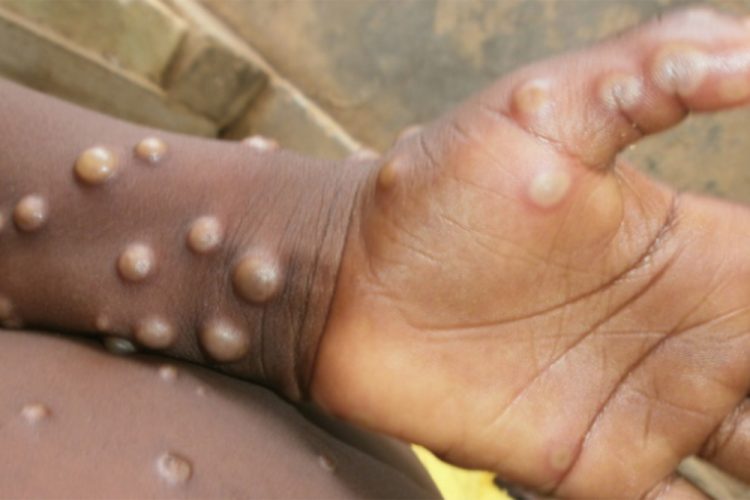Have you heard of Monkey Pox?

New and emerging diseases continue to appear as we live in a world that is becoming extremely globalized. While globalization has its advantages, we must ensure that health systems are in place to detect and contain the spread of communicable diseases and avoid future pandemics.
Last month, more than 200 people in 27 states in the United States are being monitored for possible exposure to monkeypox after they had contact with an individual who contracted the disease in Nigeria before traveling to the United States. According to the Centers for Disease Control and Prevention (CDC), to date, no additional cases have been detected.
Public Health officials are working with the CDC to identify and assess the individuals and follow up with them to avoid the potential of a spread and a possible outbreak.
Monkeypox is caused by a virus that is related to smallpox, the only human virus to have been eradicated. It causes less severe illness than smallpox but is still quite dangerous. The CDC said that the fatality rate for this strain of monkeypox is about 10%, that is, one in ten persons who contracts the virus will most likely die.
Monkeypox is rarely seen in people. There was a large outbreak in the United States in 2003, when a shipment of animals from Ghana contained several rodents and other small mammals that were infected with the virus; 47 confirmed and probable cases were reported in five states. The outbreak was the first time human cases of monkeypox were reported outside of Africa.
In the past few years, Nigeria has seen an uptick of monkeypox cases and seven exported cases have now been detected: four in the United Kingdom and one in Singapore, Israel, and the United States. In one of the importation events in the U.K., a local health care worker was infected after having unprotected contact with the patient.
The original source or sources of the monkeypox virus have not been identified, though cases have been linked to the handling of bushmeat and the trade of exotic small mammals.
The disease triggers fever, chills, swollen glands, and a characteristic rash that is disseminated across the body, including on the palms of hands and the soles of feet.
The virus spreads through a variety of ways: inhalation of respiratory droplets from infected people or contact with their lesions or bodily fluids. The virus can also be transmitted by having contact with bed linens or other items that have been used by an infected person.
The incubation period for monkeypox — the time from exposure to symptoms — can be anywhere from three to 17 days and most people who contract monkeypox do so within five to 13 days.












